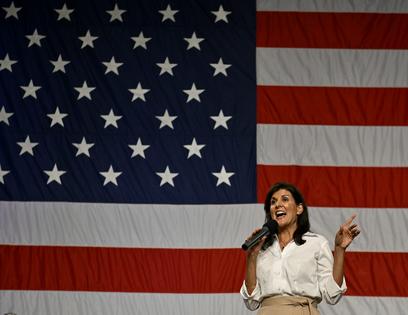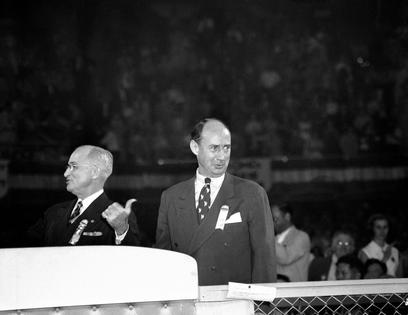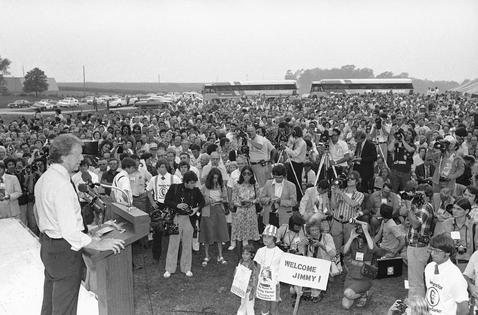How did the US presidential campaign get to be so long?
Published in Political News
Four hundred and forty-four days prior to the 2024 presidential election, millions of Americans tuned into the first Republican primary debate. If this seems like a long time to contemplate the candidates, it is.
By comparison, Canadian election campaigns average just 50 days. In France, candidates have just two weeks to campaign, while Japanese law restricts campaigns to a meager 12 days.
Those countries all give more power than the United States does to the legislative branch, which might explain the limited attention to the selection of the chief executive. But Mexico – which, like the US, has a presidential system – only allows 90 days for its presidential campaigns, with a 60-day “pre-season,” the equivalent of the US nomination campaign.
So by all accounts, the United States has exceptionally long elections – and they just keep getting longer. As a political scientist living in Iowa, I’m acutely aware of how long the modern American presidential campaign has become.
It wasn’t always this way. The seemingly interminable presidential campaign is a modern phenomenon. It originated out of widespread frustration with the control that national parties used to wield over the selection of candidates. But changes to election procedures, along with media coverage that started to depict the election as a horse race, have also contributed to the trend.
For most of American history, party elites determined who would be best suited to compete in the general election. It was a process that took little time and required virtually no public campaigning by candidates.
But beginning in the early 20th century, populists and progressives fought for greater public control over the selection of their party’s candidates. They introduced the modern presidential primary and advocated for a more inclusive selection process of convention delegates. As candidates sought support from a wider range of people, they began to employ modern campaign tactics, like advertising.
Nonetheless, becoming the nominee didn’t require a protracted campaign.
Consider 1952, when Dwight Eisenhower publicly announced that he was a Republican just 10 months before the general election and indicated that he was willing to run for president. Even then, he remained overseas as NATO commander until June, when he resigned to campaign full time.
On the Democratic side, despite encouragement from President Harry Truman, Adlai Stevenson repeatedly rejected efforts to draft him for the nomination, until his welcoming address at the national convention in July 1952 – just a few months before the general election. His speech excited the delegates so much that they put his name in the running, and he became the nominee.
...continued













Comments